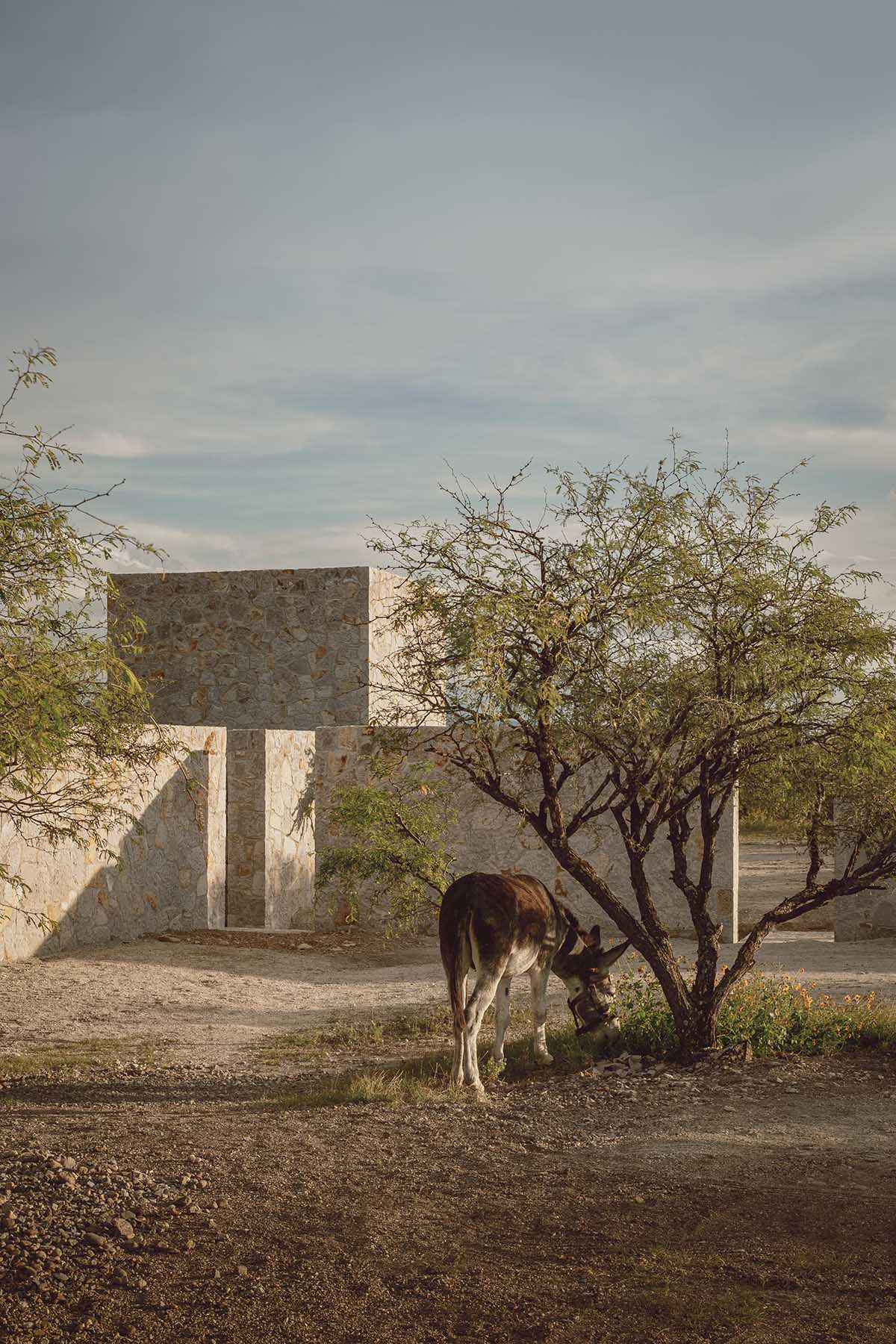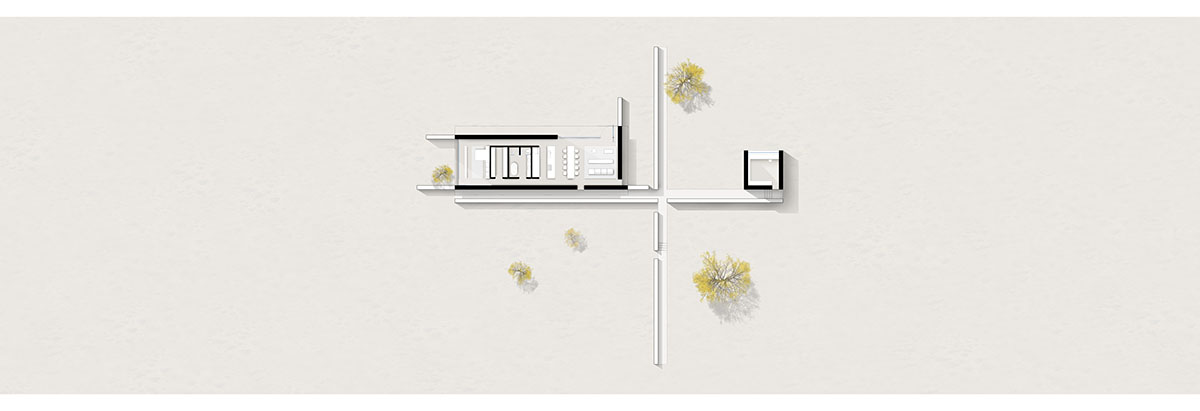Submitted by WA Contents
Mexican rural house by HW Studio is defined by a cross of stone walls as "a cultural expression"
Mexico Architecture News - May 29, 2023 - 15:33 4928 views

A Mexican rural house designed by Mexico and Valencia-based architecture practice HW Studio Arquitectos has created a curciform layout shaped by stone walls to be a "a cultural expression" of the area of Guanajuato in Mexico.
Called Casa Enso II, the elongated house is situated on a poetic rural landscape of the Guanajuato region, where the landscape complements the low-rise house with textures and material character.
Video courtesy of HW Studio Arquitectos
The house, described as "a constructive identity", was completed after a comprehensive historical research, according to HW Studio Arquitectos.

"It was concluded that there are few places in Mexico with a constructive identity as strong as Guanajuato," said the studio.
"This is clearly reflected in its architecture, kitchen utensils, aqueducts, legends, even in its heroes such as the Pípila, who carries a huge rock on his back so that the bullets of the conservatives would not reach his regiment," the office added.
Although the building is surrounded by thick stone walls as it approaches the land, these stone walls both form an extension of the house and turn the programmatic elements of the house into a distinctive feature.

As the studio explained, stone material is an element deeply rooted in any form of cultural expression in this region. For this reason, the architects preferred to choose locally-available stone to design the house, while also aiming to create as "an architectural piece" that could naturally stand.
During construction, the office also aimed to minimize the environmental impact in order to obtain materials that can be obtained from nearby places and to use the local workforce.
The house should have been in a dialogue between the artifice and its environment, according to the architects.

The entire complex is divided into a cruciform plan. Shaped by four quadrants by a cross of stone alleys, those alleys also define the paths, framing all moments, and separating one quadrant from the other.
Once divided, the studio assigned a "vocation" to each of these quadrants. For example, the lower right quadrant, making the first one, marks the entrance of the inhabitants.

It has the vocation of housing an endemic garden that reinforces, protects, and welcomes living beings and humans.
The second quadrant hosts the cars; special care was taken to the trees during construction, as they would provide shade to protect the cars from the sun.
To top it off, a long, barely arched stone wall protects the entrance, avoids looking inside the house, and emphasizes the horizontal presence of the mountain in the background.

The third quadrant hosts the one-bedroom house; the public spaces are separated from the private ones by a single volume containing bathrooms, dressing room, and service area, which breaks with the open floor plan.
The final quadrant forms a prominent vertical element in the front façade to serve an office space. This vertical element contrasts with the horizontality of the landscape and the rest of the elements, according to the studio.

The office volume is also seeking "with this gesture to flirt with the iconic volumes of the Santa Brígida mine in Mineral de Pozos."
"The dispersion of these spaces forces a permanent pilgrimage between spaces," said the office.
"It makes you come into contact with the earth, the air, and the mountain as if it were an ancient monastery, framing the landscape but at the same time forming a natural part of it," the office added.












Floor plan

Roof plan

East façade

West façade

South façade

North façade
HW Studio Arquitectos also designed a cozy, concrete cave that disappears in the landscape and creates a new hill in Morelia, Mexico. The studio's other project includes Torre Ai, a five-storey house located in a very interesting neighborhood in Morelia.
All images © César Béjar.
All drawings © HW Studio Arquitectos.
> via HW Studio Arquitectos
